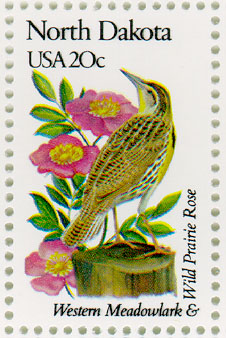This study attempted to: (1) establish an extensive database on what bird species are using agriculture, where they are found and how they are using agricultural areas; (2) analyze these data to determine if there are significant relationships between avian population abundance, agricultural intensity, and crop types; and (3) determine if there are negative population trends associated with pesticide use. I calculated six independent variables including agricultural intensity, percent herbicide use, percent insecticide use, acute toxicity, chronic toxicity, and an herbicide indirect parameter.
Linear regressions showed a significant positive relationship between Killdeer (Charadrius vociferous) abundance and agricultural intensity and significantly negative relationships between Upland Sandpiper (Bartramia longicauda) and Grasshopper Sparrow (Ammodramus savannarum) abundance and agricultural intensity (p<0.05). Linear regressions also showed significant positive relationships between Killdeer abundance and amount of corn and amount of soybeans and between Bobolink (Dolichonyx oryzivorus) abundance and amount of oats (p<0.05). Additionally, linear regressions showed significantly negative relationships between Dickcissel (Spiza americana), Grasshopper Sparrow, and Western Meadowlark (Sturnella neglecta) abundance and amount of oats, between Bobolink abundance and amount of soybeans, between Bobolink and Grasshopper Sparrow abundance and amount of corn and finally between Dickcissel, Grasshopper Sparrow, and Western Meadowlark abundance and amount of alfalfa (p<0.05). Linear regressions between the independent variables and the percentage of negative species trends by area showed the chronic toxicity variable to be the most important in predicting negative species trends (p<0.05). Multiple regressions between a reduced set of independent variables and individual species trends gave inconclusive results because of the difficulty in separating pesticide effects from agricultural intensity effects.
Source:
Birds in agricultural areas---Reducing pesticide risks to birds using a risk assessment analysis
by Heath, Susan A., Ph.D. Thesis, George Mason University, 2008, 94 pages; AAT 3310142
(preview attached)

- Login om te reageren
